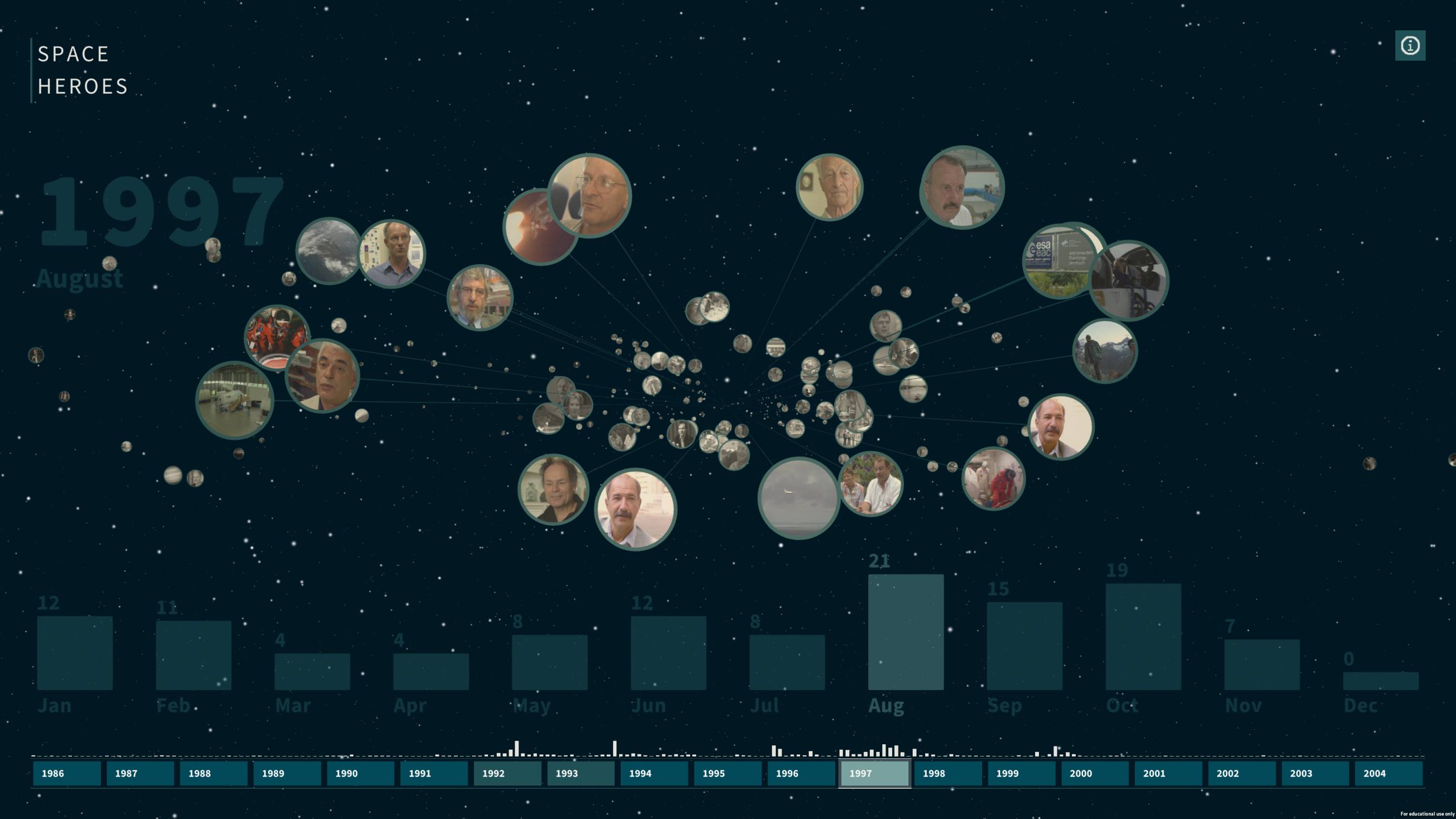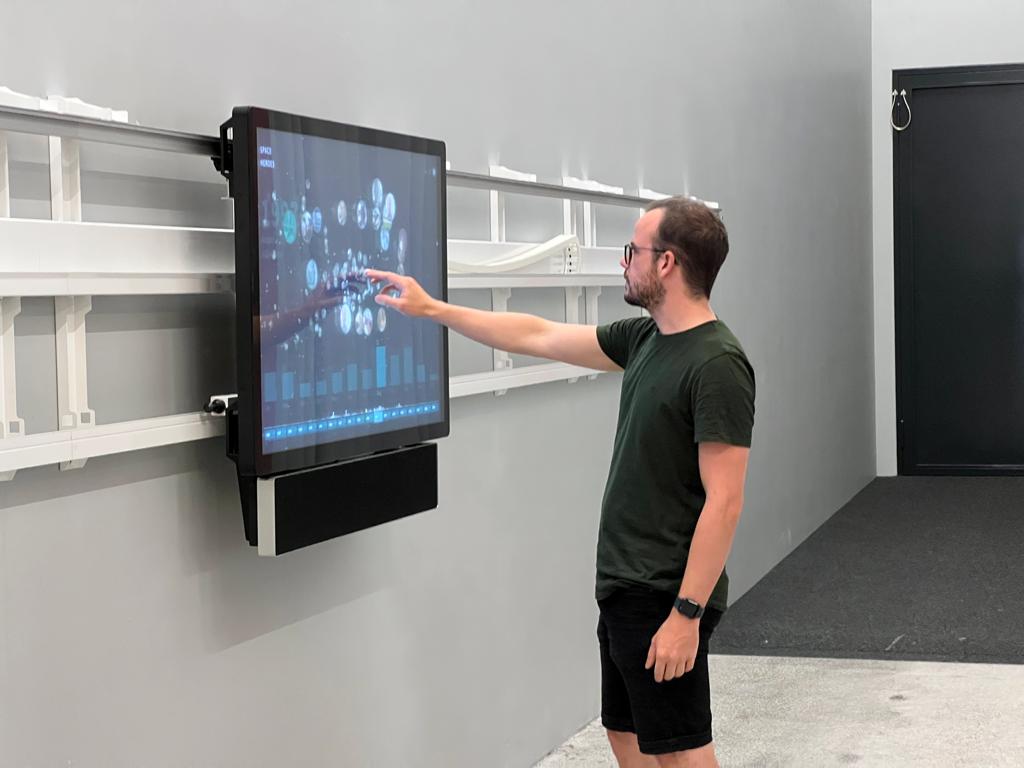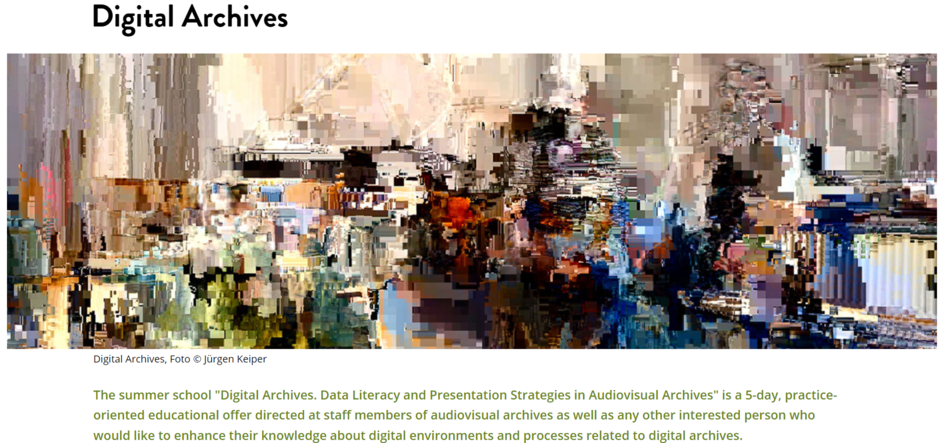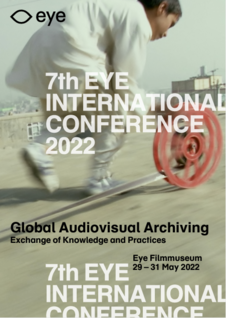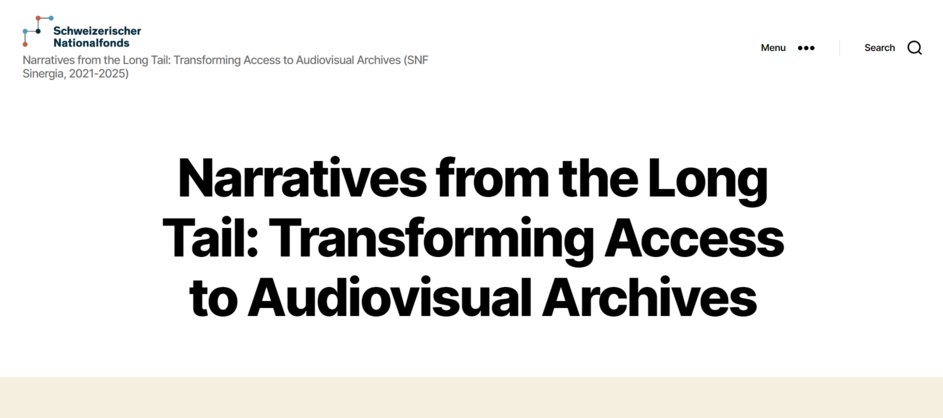Giacomo Alliata and Yuchen Yang, doctoral assistants in the Laboratory of Experimental Museology eM+, have participated in the DARIAH-EU annual event 2022 in Athens, Greece, in May 2022, with a poster on “Exploring large audiovisual archives through storytelling in an immersive environment: a conceptual framework”. We report here the abstract.
Audiovisual archives are the mnemonic records of the 20th and 21st centuries, the immense complexity of the past happenings, preserving individual and collective histories, memories, feelings, cultures and aesthetics. These collections have, in the past decades, dramatically increased in size, with, on one hand, an emergence of online video sharing services like Youtube and Vimeo, and important institutions digitising their archives, such as the BBC with its 1 million hours of footage.
However, these large archives remain mostly inaccessible, due to copyright issues and to the sheer amount of content combined with the lack of a compelling system to explore them. Only 20% of the 200000 hours of the RTS audiovisual archive are accessible online for instance. Moreover, archival scholars have stressed the importance of innovative forms of engagement through compelling frameworks for the exploration of these large collections.
Within this context, the Sinergia project Narratives From the Long Tail: Transforming Access to Audiovisual Archives aims to reexamine the relationship between archives, memory institutions, and general audiences through cutting edge computational and immersive technologies. We argue that, faced with the extensive amount of content available, meaningful storytelling frameworks are necessary for understanding and exploring an audiovisual collection. Thus, this paper will examine the formation of such a conceptual framework on the archival content and digital interface level.
There is an increasing trend for transforming archives to be big data organisations through digitisation and state-of-art computational methods. The transformation not only enhances the management and accessibility for archives, but also unlocks the semantics in multimodal archival content as well as the potential use of domain knowledge. Such an upgrade should in theory surfacing the hidden structure, revealing and building connections between contents, allowing fast and effective curation of the archive to serve a variety of purposes. In this part of the paper, we will map different approaches used for current practises on digitally transforming archives for various storytelling purposes, and aim at identifying and addressing the opportunities, issues and challenges laying ahead brought by the methodological shift.
Similarly, at the interface level, various approaches are taken to propose an immersive installation in which users can explore a large collection in a compelling way, driving their own storytelling experience. In this section, the ideas of embodiment will be leveraged to review meaningful digital installations, revealing how narrative can emerge in such frameworks. Multiple interactions and visualisations approaches can be employed to explore the semantics discovered through computational methods, using data as a sculpting material in the creation of a virtual world. Furthermore, in multi-users environments, social interactions place users as actors of the storytelling rather than mere spectators, with clear benefits in terms of enjoyment of the experience and understanding of the cultural aspect.
In conclusion, this paper will propose a conceptual framework to explore a large collection of audiovisual items through the idea of storytelling in an immersive installation.
